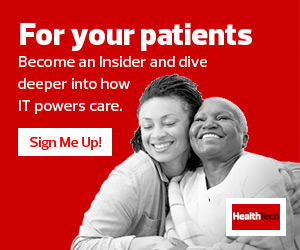Earlier this year, Microsoft announced the $19.7 billion acquisition of cloud and AI software leader Nuance, marking the tech giant’s increased expansion into healthcare. Nuance offers AI tools that integrate with EHRs to support data collection and clinical note composition.
“Nuance provides the AI layer at the healthcare point of delivery and is a pioneer in the real-world application of enterprise AI,” said Microsoft CEO Satya Nadella in an April statement marking the deal. “AI is technology’s most important priority, and healthcare is its most urgent application.”
As healthcare systems continue to find ways to solve clinician burnout from EHRs, AI-based solutions can offer a path to ease staff frustration and increase time for patient care.
DISCOVER: How can AI increase efficiency in healthcare, even in a pandemic?
The Rise of NLP in Healthcare
Natural language processing was largely an academic topic before it took off in the commercial space due to a massive increase in computing power, the deployment of cloud computing, and heavy investment from tech companies into developing algorithms that can derive meaning from human speech, according to Mahi Rayasam, a partner in McKinsey’s Detroit office and co-leader of Healthcare Analytics by McKinsey.
“Ten years ago, if I had — with my non-American accent — spoken to the precursor to Siri, it would not have understood me. But now, it understands better,” he says.
Clinical data, on the other hand, is very complex, Rayasam says. From a semantic process standpoint, consumer data is relatively easy to understand, such as asking Siri about the local forecast or telling Alexa to order more detergent online. But clinical data — including physicians’ notes about a visit, emails and specialist images — often contain critical information, the meaning of which can be harder to capture through an automated process.
“In healthcare, to build a training set is extremely hard,” Rayasam says. “Creating the training set requires that you have people with deep clinical knowledge who are going through rates of data and tagging them appropriately, and then creating data sets that the NLP can learn on. That’s a big difference when you compare clinically oriented NLP or clinically oriented bot versus a consumer-oriented bot.”












